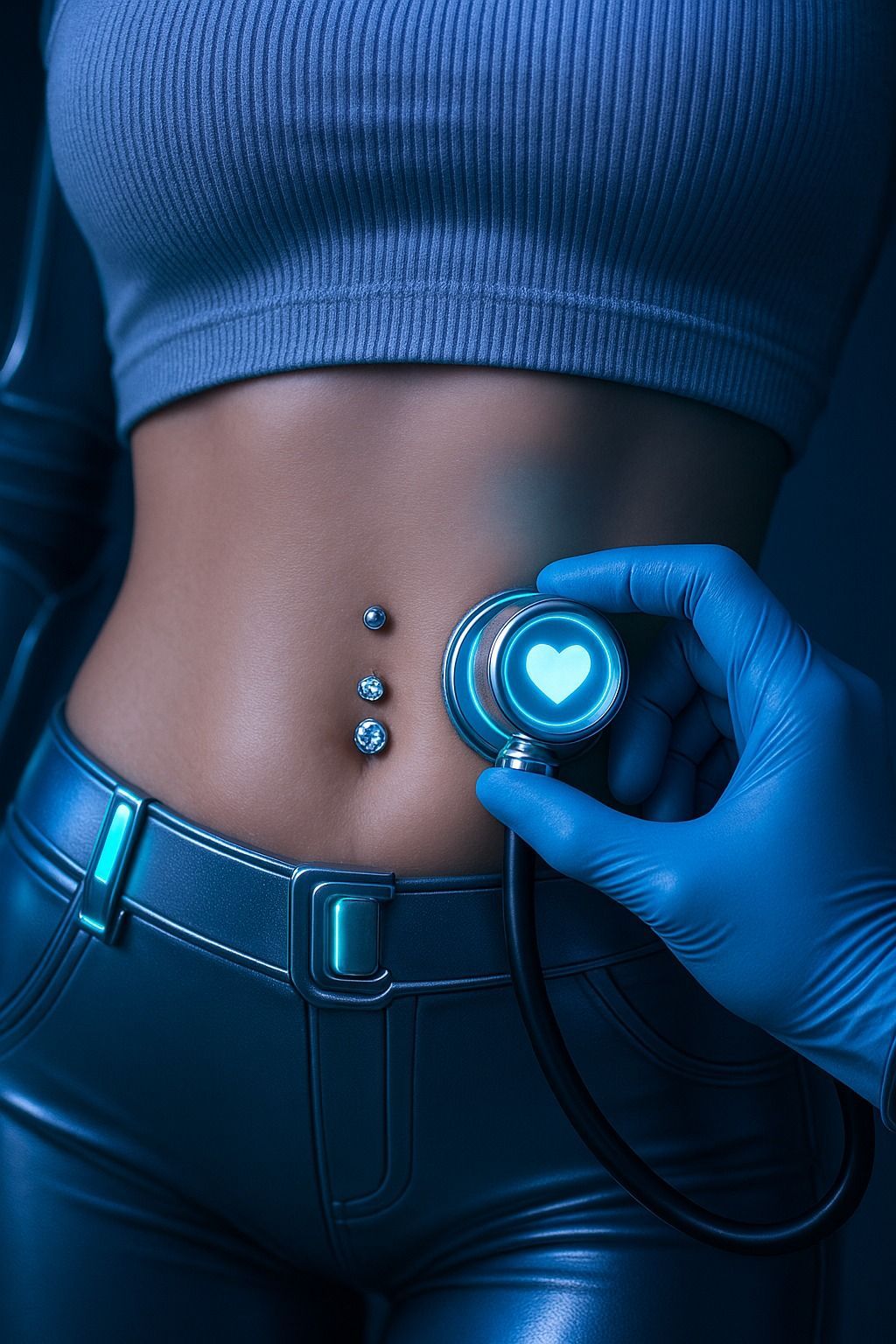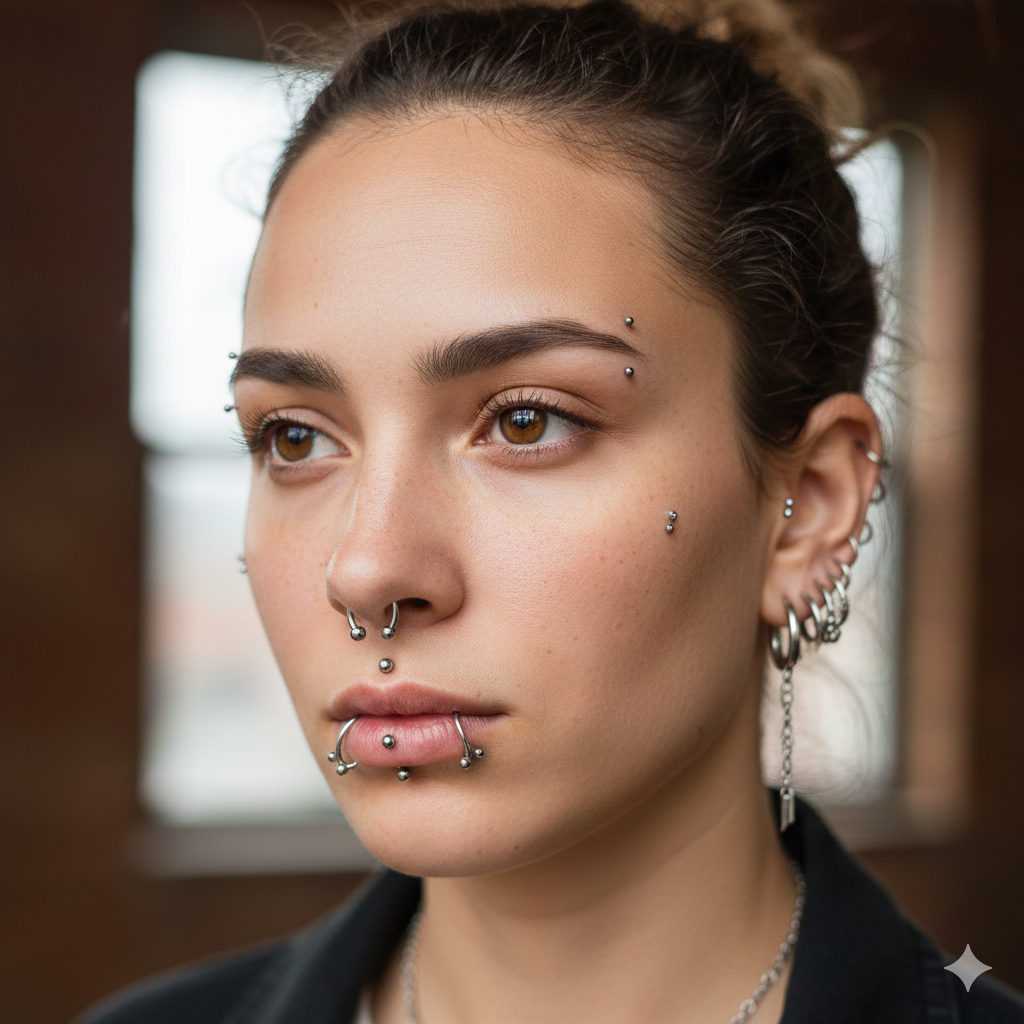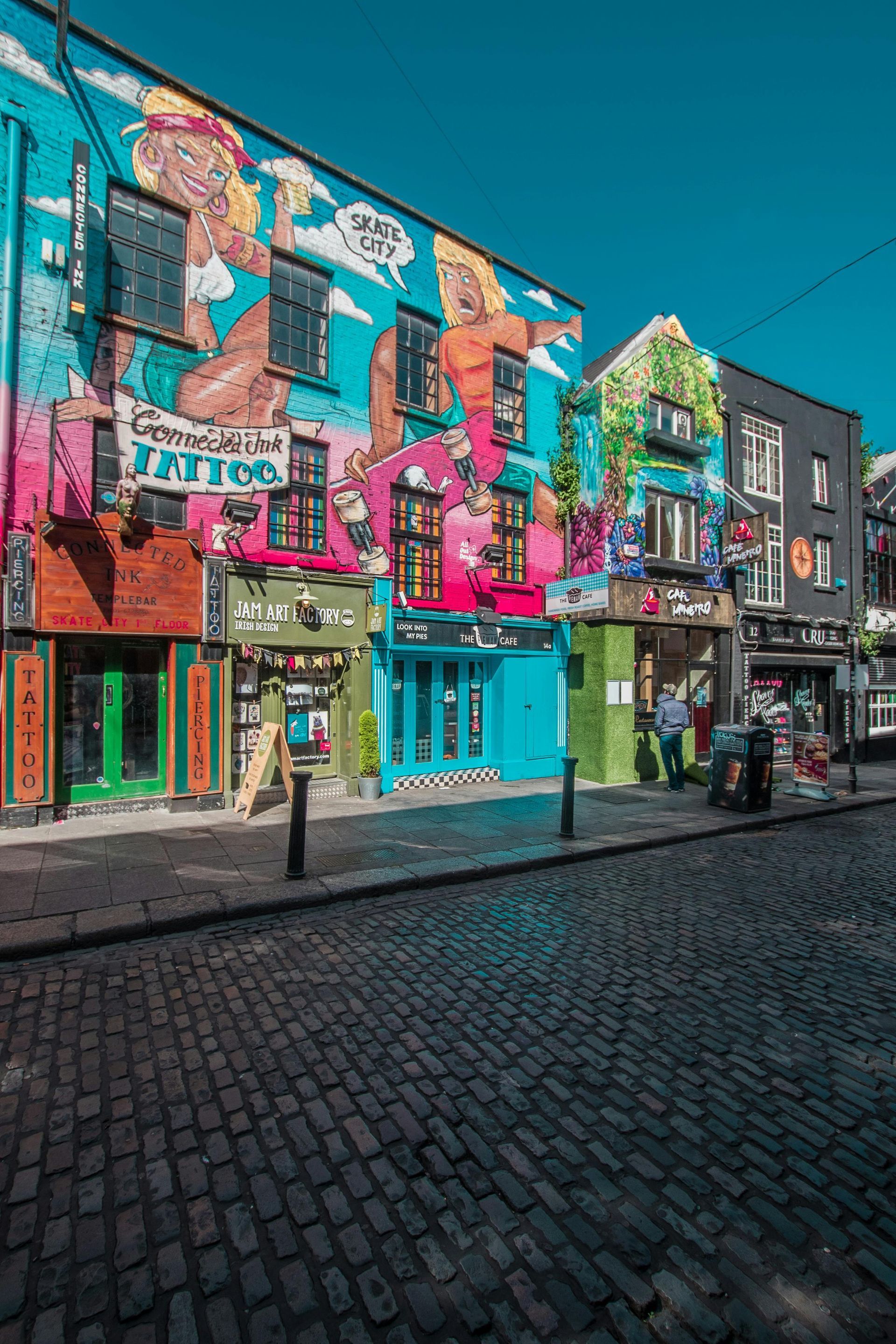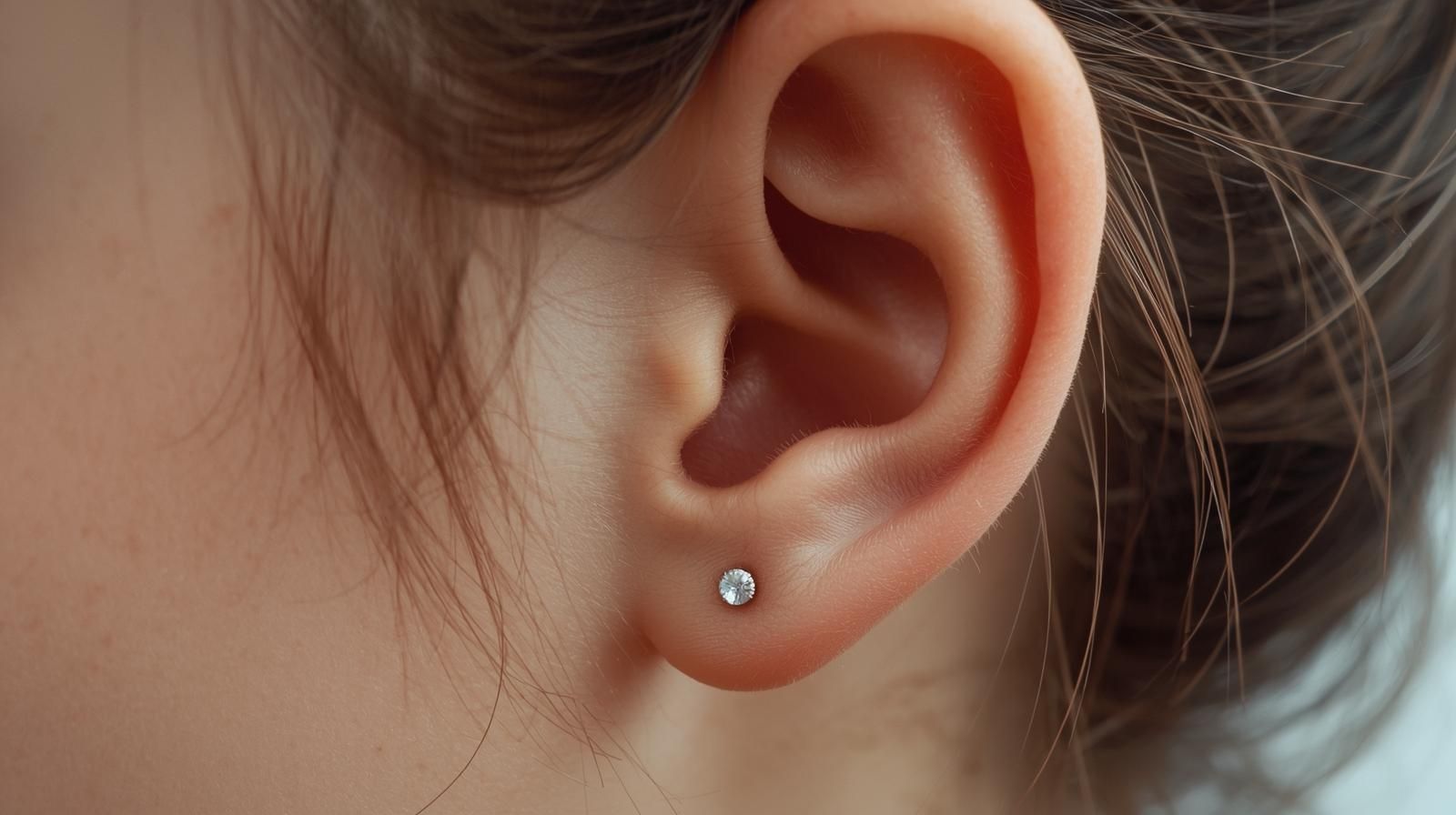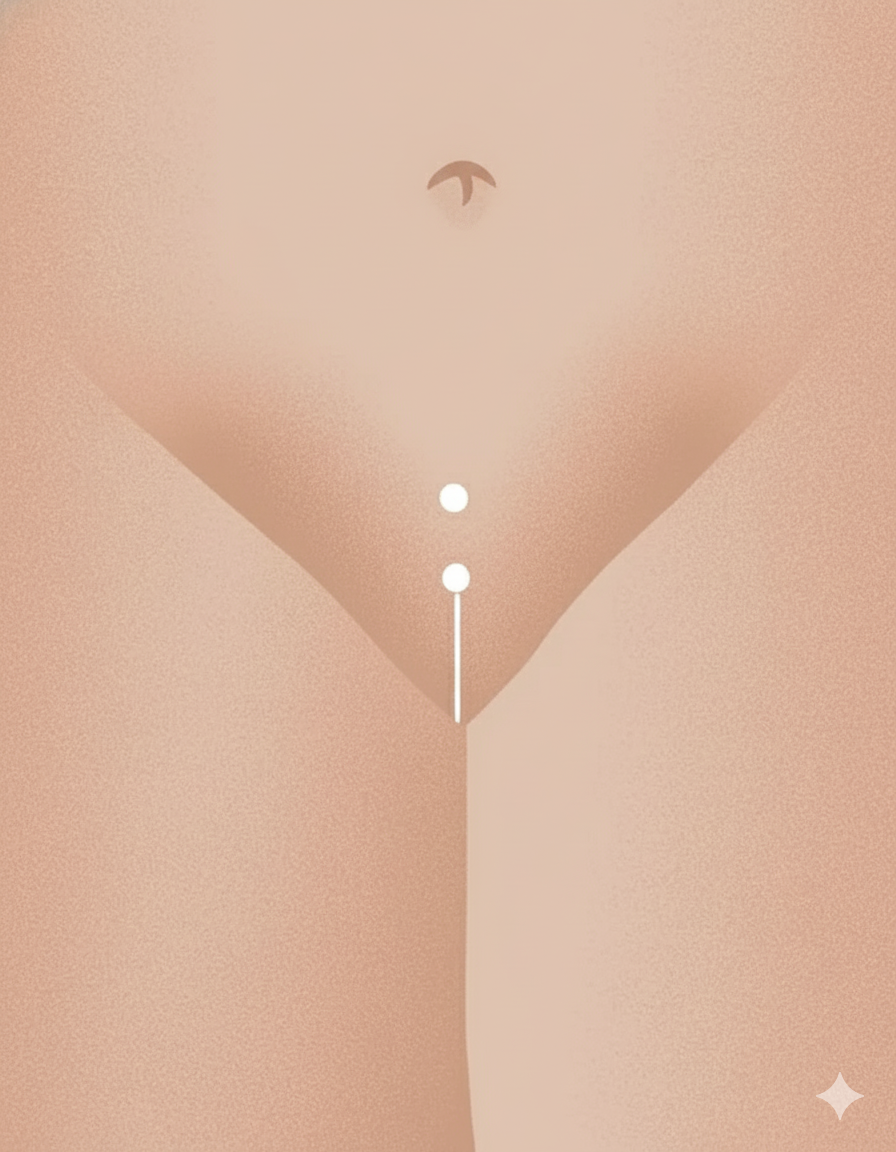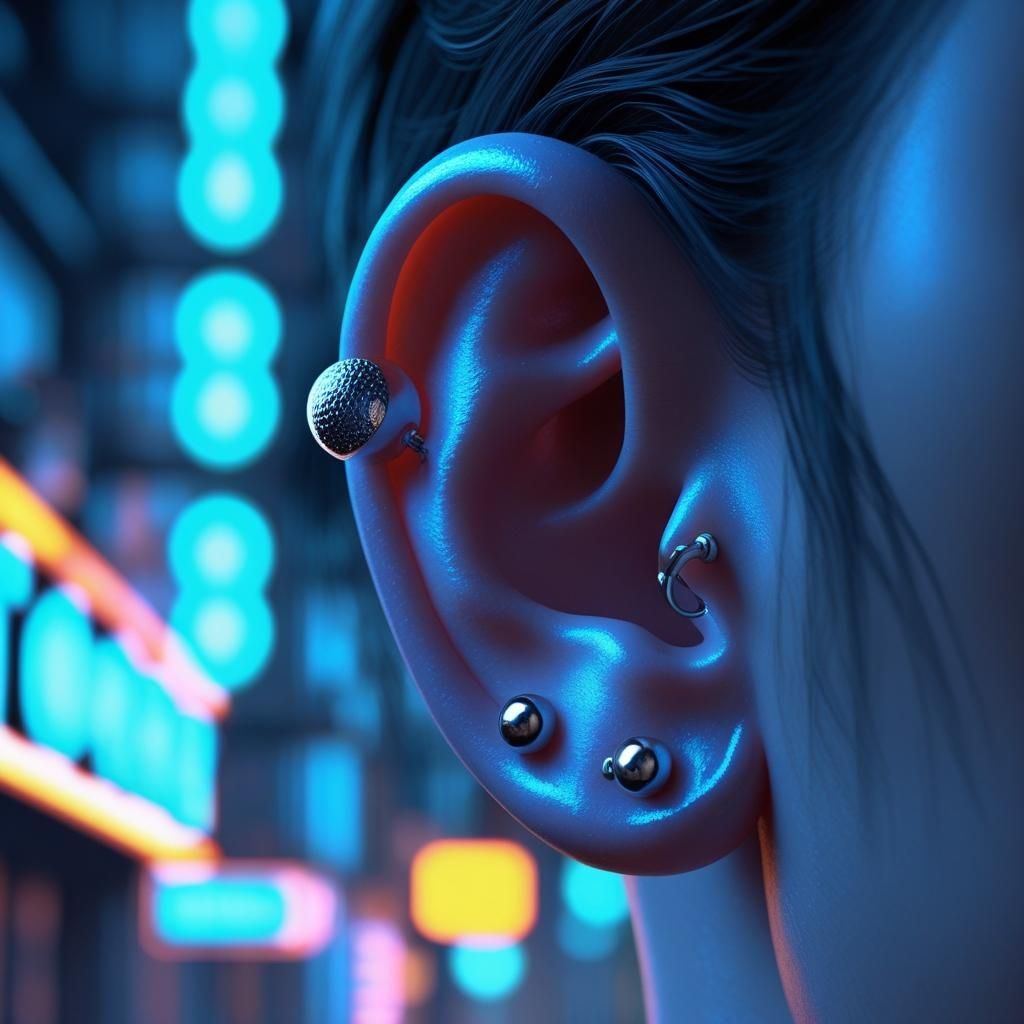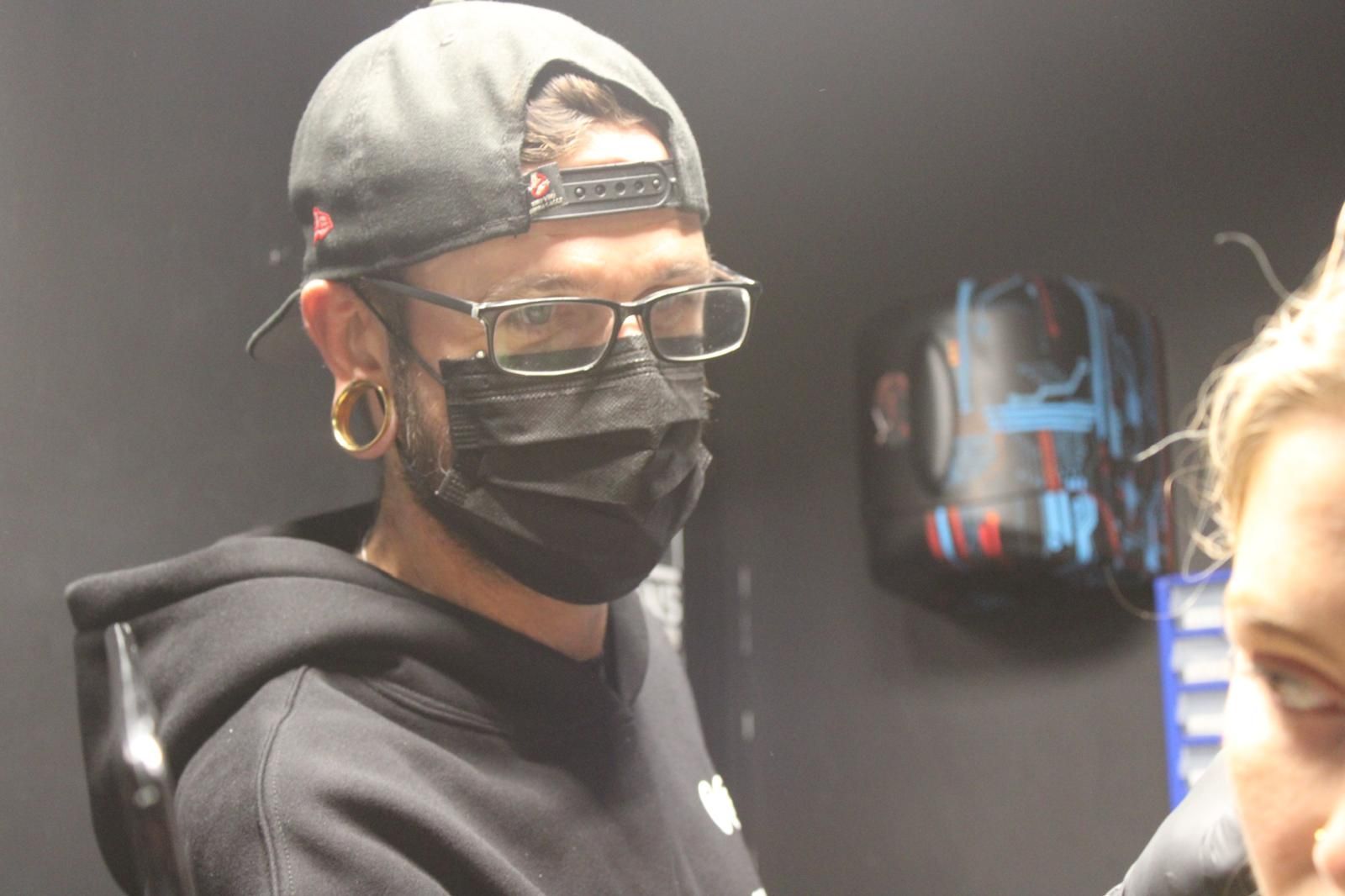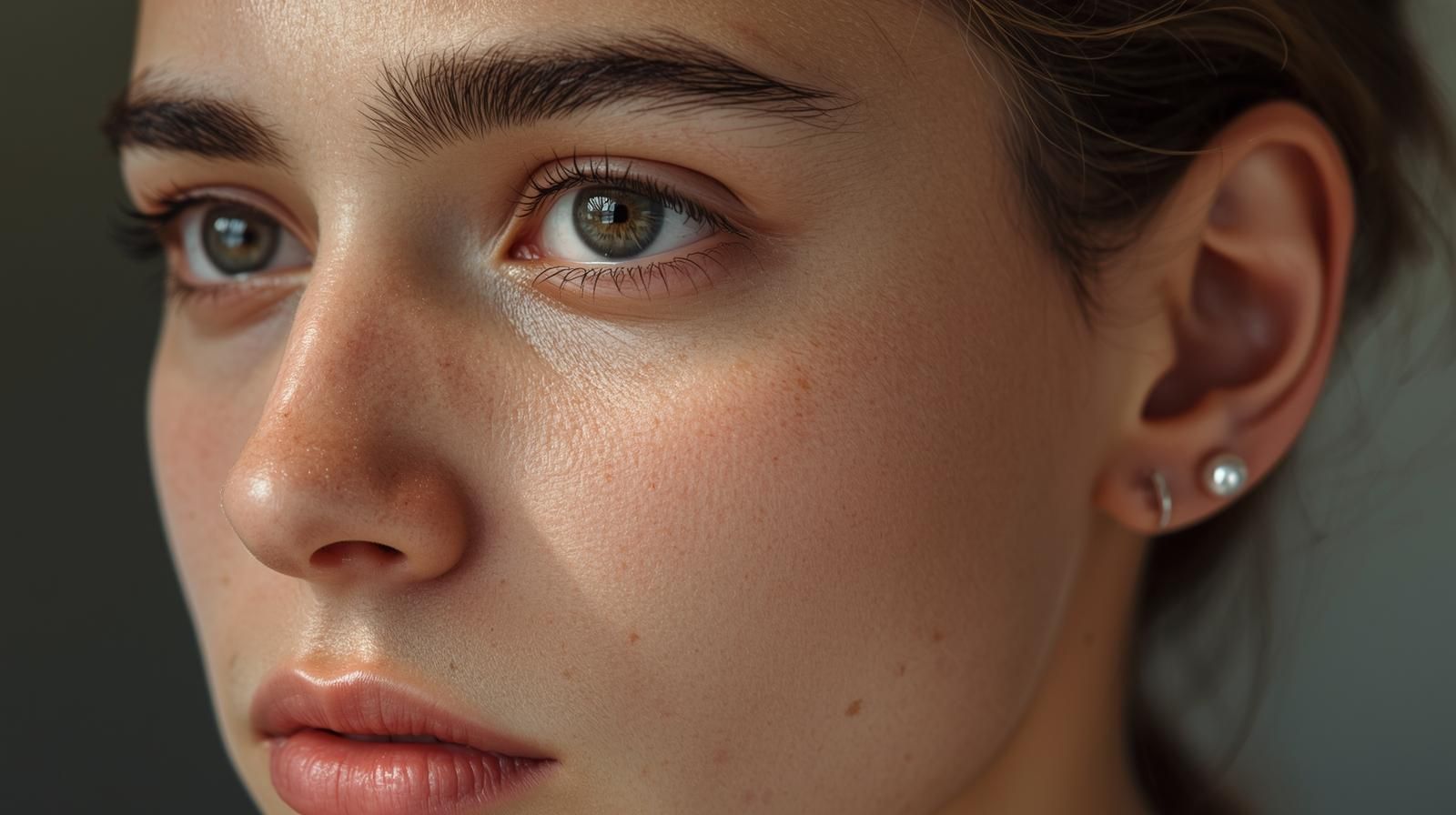How to Get Rid of a Piercing Bump (Keloid)
How to Get Rid of a Piercing Bump (Keloid)
Piercings can be a compelling way to express individuality, yet they sometimes come with challenges like piercing bumps or keloids. If you've noticed a bump forming around your piercing, it's crucial to address it promptly to prevent it from growing larger. This comprehensive guide will help you identify, treat, and prevent keloids associated with piercings.
Table of Contents
- Introduction
- Understanding Piercing Bumps
- Keloid vs. Hypertrophic Scar vs. Granuloma
- Confirming a Keloid
- Maintaining Cleanliness and Reducing Irritation
- Applying Topical Treatments
- Medical Treatments for Stubborn Keloids
- What to Avoid
- When to See a Professional
- Frequently Asked Questions
- Actionable Checklist
- Conclusion
Introduction
Whether you're new to piercings or a seasoned enthusiast, developing a bump around a piercing can be concerning. While some bumps are harmless and easy to treat, others, like keloids, can be more persistent and require special attention. This guide will walk you through identifying different types of piercing bumps and provide practical advice on how to manage and treat them effectively. Understanding the nature of these bumps is essential, as it directly influences the treatment pathway you should take.
Understanding Piercing Bumps
Keloid vs. Hypertrophic Scar vs. Granuloma
Keloid: A keloid is characterized by firm, raised, and shiny tissue that extends beyond the original piercing site. They can vary in color from pink and red to darker than your skin tone. Keloids are the result of an overgrowth of scar tissue and can sometimes be itchy or painful. For example, a study conducted at the University of California observed that up to 10% of individuals with ear piercings develop keloids, highlighting the importance of genetics in keloid formation. They are more common in individuals with darker skin tones and may require professional intervention to manage effectively.
Hypertrophic Scar: These scars are raised but remain confined to the wound area. They are more common and generally easier to treat compared to keloids. Hypertrophic scars are essentially a result of the body's natural healing process but with excessive collagen production. For instance, a hypertrophic scar from a navel piercing may appear as a small, raised bump that fades over time with the right care, such as consistent application of silicone gel.
Granuloma (Piercing Bump): Often soft and caused by irritation or infection, granulomas usually subside with proper care. Granulomas are less severe than keloids and hypertrophic scars and typically respond well to antiseptic saline soaks. A case from a dermatology clinic in New York reported rapid improvement of a granuloma on a nose piercing after the patient switched to hypoallergenic jewelry and maintained strict hygiene practices.
Understanding the type of bump you're dealing with is crucial for effective treatment. If you're unsure, consult a professional piercer or dermatologist for an accurate diagnosis. This can prevent unnecessary treatments and ensure that you are addressing the issue correctly from the start.
Confirming a Keloid
Not every bump around a piercing is a keloid. To confirm if you're dealing with a keloid, look for the following characteristics:
- Firm and raised texture
- Shiny appearance
- Growth beyond the piercing area
- Color variations including pink, red, or darker than your skin tone
If you suspect it's a keloid but are uncertain, a consultation with a dermatologist or experienced piercer can provide clarity. Dermatologists often use dermoscopy, a method that uses a special magnifying tool, to better assess the characteristics of a bump. For instance, a piercing bump that has not diminished in size after several months and continues to expand beyond the original wound site is likely a keloid. Understanding these signs helps in distinguishing keloids from other types of scars, which is essential for determining the appropriate treatment.
Maintaining Cleanliness and Reducing Irritation
Keeping the piercing area clean and minimizing irritation is crucial in managing and preventing keloids. Follow these steps:
- Clean Twice Daily: Use a saline solution to clean the area twice a day. Avoid using alcohol or hydrogen peroxide, as these can dry out and irritate the skin. A saline solution, often recommended by piercers, helps keep the area hydrated and promotes healing. A study from the Journal of the American Academy of Dermatology emphasizes the importance of a sterile saline solution over other antiseptics that may disrupt the skin's natural barrier.
- Avoid Manipulation: Do not touch, twist, or remove the jewelry prematurely, as this can exacerbate the problem. For example, excessive manipulation of an ear piercing can lead to increased tissue trauma, causing a more pronounced scar.
- Choose Quality Jewelry: Ensure your jewelry is made from implant-grade titanium or surgical steel to prevent adverse reactions from poor-quality metals. The Association of Professional Piercers highlights that high-quality metals reduce the risk of allergic reactions and infections, which can contribute to the formation of piercing bumps. A switch to titanium jewelry has been shown to resolve ongoing irritation in many cases.
- Clothing Considerations: When dealing with piercings in areas prone to friction, such as the navel or nipples, wearing loose-fitting clothing can prevent irritation. Fabrics that breathe, like cotton, are preferable as they allow the skin to heal without excessive moisture build-up, which can harbor bacteria.
- Sleep Positioning: For ear or facial piercings, consider sleeping on the opposite side to avoid pressure on the bump. Using a travel pillow can help if you have multiple piercings on both sides, as it supports your head while keeping pressure off the ear.
By adhering to these practices, you can significantly reduce the risk of developing a keloid and ensure a smoother healing process.
Applying Topical Treatments
Topical treatments can help reduce inflammation and flatten keloids. Here are some options:
- Silicone Gel or Sheets: Products like ScarAway or Kelo-cote can be applied daily for several weeks or months to help manage scar tissue. Clinical trials have demonstrated the efficacy of silicone gel in reducing the size and discoloration of keloids over time. Consistent application is key; a patient from a dermatology case study saw significant reduction in keloid size after three months of dedicated silicone gel use. Silicone sheets can also be cut to fit the area around a piercing, providing a targeted approach to treatment.
- Hydrocortisone 1% Cream: This can be used for short-term relief of inflammation, but only if recommended by a professional. Over-the-counter hydrocortisone creams can soothe minor irritations; however, prolonged use should be monitored to prevent skin thinning. This is best used in conjunction with other treatments for optimal results.
- Tea Tree Oil: When diluted, tea tree oil can help with minor irritation. Perform a patch test first, as it may be too harsh for fresh piercings. A small-scale study published in the Journal of Alternative and Complementary Medicine found that tea tree oil possesses antimicrobial properties that can aid in reducing minor skin irritations, although it should be used with caution. Tea tree oil can be mixed with a carrier oil, such as coconut or jojoba oil, to reduce potency and prevent adverse reactions.
These treatments can be a part of a comprehensive approach to managing piercing bumps, particularly when used in conjunction with professional advice.
Medical Treatments for Stubborn Keloids
If a keloid does not respond to at-home treatments, consider medical options:
- Steroid Injections: Triamcinolone injections can effectively reduce and flatten keloids. A clinical review from Harvard Medical School indicates that intralesional steroid injections are among the most effective treatments, with a reduction in keloid size observed in over 70% of patients. This treatment is often administered in a series of sessions spaced several weeks apart to achieve optimal results.
- Cryotherapy: This freezing treatment is suitable for small keloids. By applying extreme cold, cryotherapy disrupts and reduces keloid tissue, although it may require multiple sessions. The cooling effect can also provide temporary relief from itching and discomfort associated with keloids.
- Laser Therapy: Helps reduce redness and size. Pulsed dye laser treatments are particularly noted for their effectiveness in minimizing keloid prominence and improving skin texture. A 2019 study in the Journal of Cosmetic and Laser Therapy found that combining laser therapy with steroid injections increased the efficacy of both treatments, leading to more satisfactory outcomes for patients.
- Surgical Removal: In severe cases, surgical removal may be considered but should be combined with other treatments to prevent regrowth. Post-surgical treatments, like radiation or additional steroid injections, can help prevent recurrence, which is a common challenge with surgical excision alone. A comprehensive post-surgical plan is crucial to minimize the chances of the keloid returning.
Consulting with a dermatologist or a medical professional specializing in scar management can provide insight into the most appropriate treatment plan for stubborn keloids.
What to Avoid
Certain practices can worsen keloids or hinder healing:
- Avoid Alcohol and Peroxide: These substances can irritate the skin. Instead, opt for saline solutions that maintain the skin's integrity while cleansing. Alcohol and peroxide can strip the skin of necessary oils, leading to increased dryness and irritation.
- Do Not Remove Jewelry Prematurely: Early removal can trap infections. Keeping the jewelry in place until the piercing is fully healed is crucial, as premature removal can lead to closing of the piercing and potential infection. This is particularly important for cartilage piercings, which heal more slowly than other areas.
- Prevent Irritation: Avoid tight clothing, excessive pressure, and bumping the piercing area. For instance, wearing loose clothing around a new belly button piercing can prevent friction and pressure that might lead to complications. Consider using protective barriers, like bandages or silicone sleeves, when engaging in activities that might expose the piercing to trauma.
Avoiding these actions can facilitate a smoother healing process and decrease the likelihood of developing problematic scars.
When to See a Professional
Seek professional advice if:
- The bump continues to grow.
- It becomes painful, red, or starts leaking.
- You're unsure if it is an infection or keloid.
Professional evaluation ensures that appropriate treatments are applied and any underlying issues, such as infections, are addressed. Dermatologists can provide a comprehensive assessment and tailor a treatment plan specific to your needs. A timely consultation can prevent complications that might require more invasive interventions later on.
Frequently Asked Questions
Q: How long should I wait before seeking professional help?
A: If home treatments show no improvement in a few weeks, consult a professional. Early intervention can prevent more extensive treatments later.
Q: Can keloids form on any type of piercing?
A: Yes, keloids can develop on any piercing, though some areas may be more prone than others. Areas with higher tension, like the chest or upper arms, are more susceptible. Facial piercings, due to their visibility, may necessitate a more proactive treatment approach to prevent aesthetic concerns.
Q: Are keloids hereditary?
A: Keloid formation can be influenced by genetics, so if family members have a history of keloids, you may be more susceptible. Genetic predisposition plays a significant role, as evidenced by studies showing higher keloid incidence among certain ethnic groups. Keeping a detailed family medical history can help predict and prepare for potential keloid formation.
Q: Can piercing bumps disappear on their own?
A: Some piercing bumps, especially granulomas, can resolve with proper care and maintenance. However, keloids typically require intervention to reduce their size or appearance.
Q: Is there a way to prevent keloids before getting a piercing?
A: While you cannot completely eliminate the risk, choosing a reputable piercer, using the correct jewelry materials, and following aftercare instructions can significantly reduce the chances of keloid formation.
Actionable Checklist
- [ ] Identify the type of bump (keloid, hypertrophic scar, or granuloma).
- [ ] Clean the area twice daily with saline solution.
- [ ] Avoid touching or manipulating the piercing.
- [ ] Ensure jewelry is made from implant-grade titanium or surgical steel.
- [ ] Consider topical treatments like silicone gel or sheets.
- [ ] Consult a professional if the bump persists or worsens.
- [ ] Use appropriate clothing and sleep positioning to minimize irritation.
- [ ] Apply diluted tea tree oil with caution, ensuring that a patch test is conducted first.
By following this checklist, you can effectively manage your piercing bump and reduce the risk of further complications.
Conclusion
Dealing with a piercing bump, especially a keloid, can be a frustrating experience. However, with the right knowledge and treatment approach, you can effectively manage and minimize their appearance. Remember, early intervention and proper care are key to preventing keloids from becoming a long-term issue. If you're ever in doubt, seeking professional advice is always the best course of action. Engaging with healthcare professionals and adhering to recommended practices can significantly enhance your chances of a successful outcome. By taking proactive steps and remaining informed, you can navigate the challenges of piercing bumps with confidence and ease.
